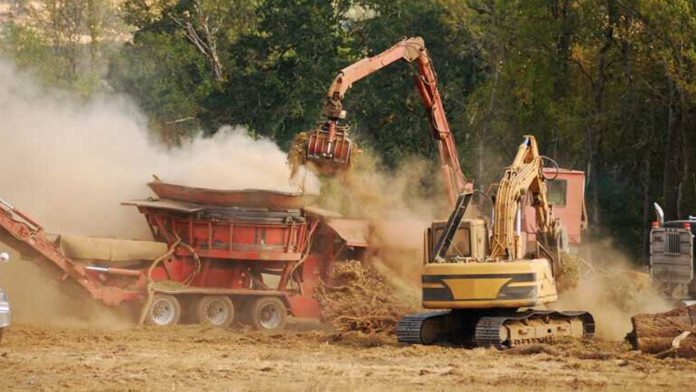Investing in forestry equipment wear parts like grinders can significantly enhance productivity and efficiency in various industries ranging from forestry to recycling. However, the key to ensuring consistent performance and prolonging the lifespan of these grinders lies in purchasing high-quality wear parts. The wear parts of a tub or grinder, such as hammers, tips, and screens, can greatly impact their overall functionality and maintenance costs.
In this article, we will provide seven essential tips to consider when buying quality forestry equipment wear parts like grinder wear parts. These tips aim to empower buyers with the knowledge they need to make informed decisions, ensuring optimal performance and value for their investment.
7 Essential Tips To Consider Before You Buy Forestry Equipment Wear Parts
When buying these wear parts, it’s essential to prioritize quality and compatibility to ensure optimal performance and longevity. Here are expanded tips to guide your purchase
1- Material Quality
The durability and efficiency of grinder wear parts largely depend on their construction materials. High-quality carbides, steel, and alloys are preferred for their exceptional durability. These materials withstand the high stress and wear of grinding processes, ensuring your equipment operates efficiently for a longer period.
2- Compatibility with Various Brands
It’s important to select wear parts that are compatible with a wide range of equipment brands such as Morbark, Peterson, Diamond Z, Vermeer, and others. This compatibility ensures you can easily find replacements and maintain diverse machines. Universal design in wear parts also allows for more flexibility in managing equipment from different manufacturers.
3- Provide Various Types of Wear Parts
A comprehensive selection of wear parts, including anvils, blades, carbide teeth, grinder tips, screens, cutters, and tub grinder hammers, is crucial. This variety caters to a broad spectrum of grinding and shredding operations, ensuring you have the right tool for every specific task and material.
4- Application-Specific Design
Select wear parts designed for specific processing needs. This specialization ensures optimal performance in various applications such as recycling, wood waste management, biomass energy production, landscaping, land clearing, composting, asphalt shingle recycling, and waste disposal systems. Tailored designs cater to the unique demands of these diverse applications.
5- Manufacturing Process Involves Forging Technology
Opting for parts produced using advanced forging technology is beneficial. This manufacturing process yields high-quality, robust wear parts with excellent performance and durability. Forged parts typically offer better grain structure and strength, which is crucial for heavy-duty grinding tasks.
6- Buy from a Reputable Manufacturer
Purchasing from a reputable manufacturer guarantees quality and reliability. Established brands are known for their stringent quality control, innovation, and customer service. This assurance is vital for maintaining your equipment’s performance and receiving support when needed.
7- Consider Customization Options
Customization options can be a significant advantage, especially for unique or older equipment models. Custom parts ensure a perfect fit and tailored performance, addressing specific operational needs and enhancing the efficiency and longevity of your grinding equipment.
Conclusion
Selecting the right forestry equipment wear parts requires careful consideration of material quality, brand compatibility, part variety, application-specific design, manufacturing technology, brand reputation, and customization options. These factors collectively ensure you acquire parts that offer high performance, durability, and overall value.











